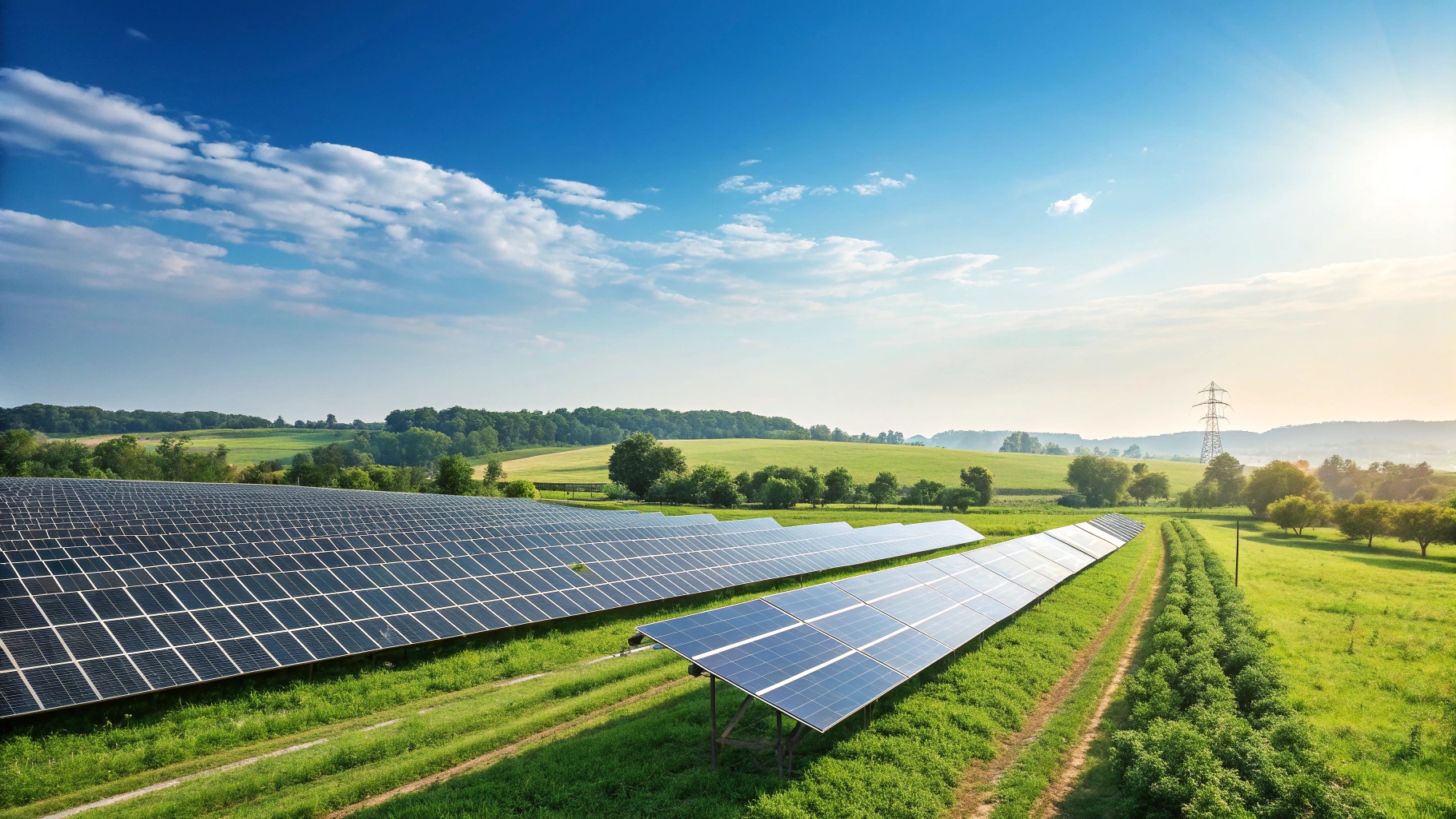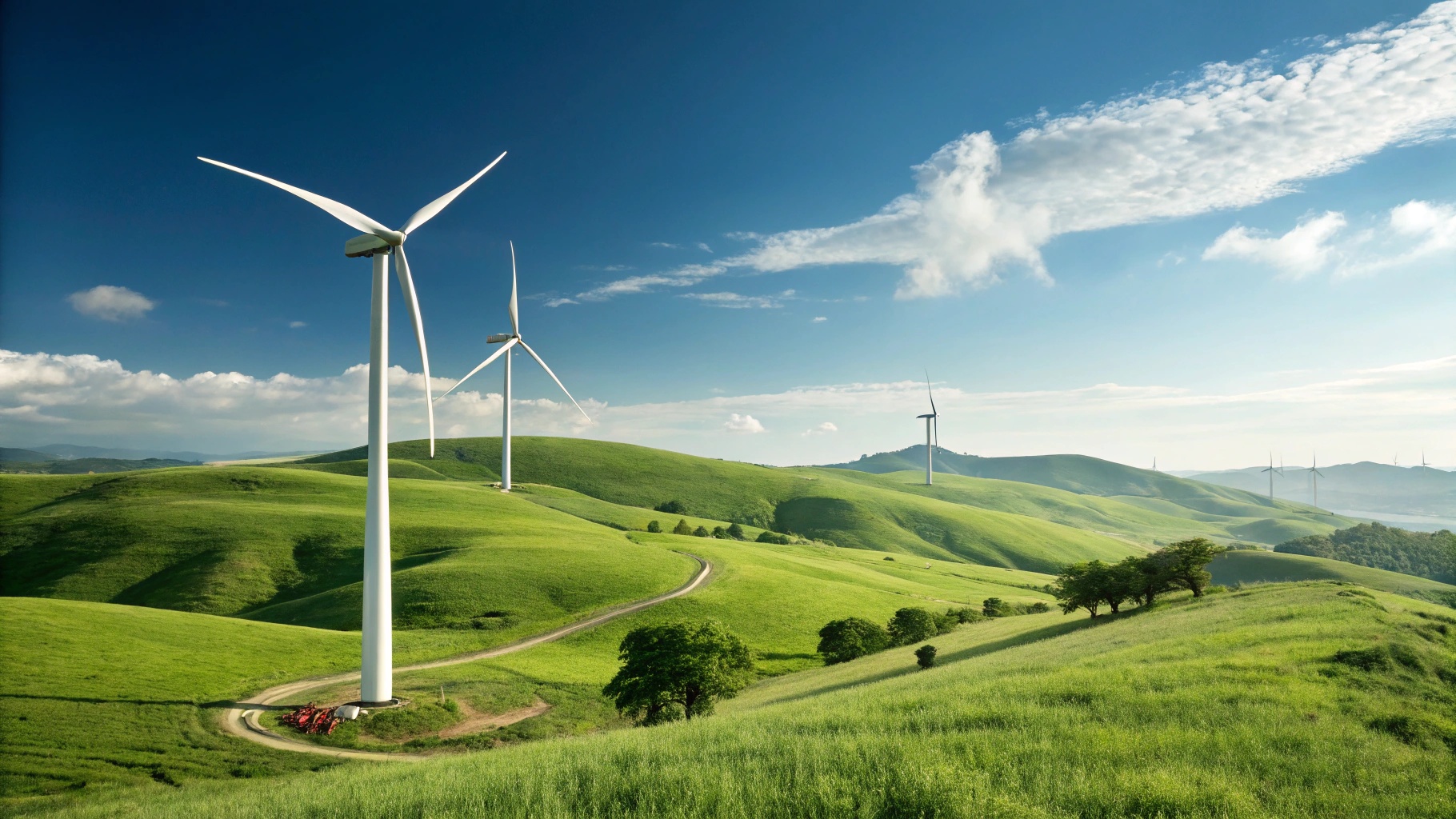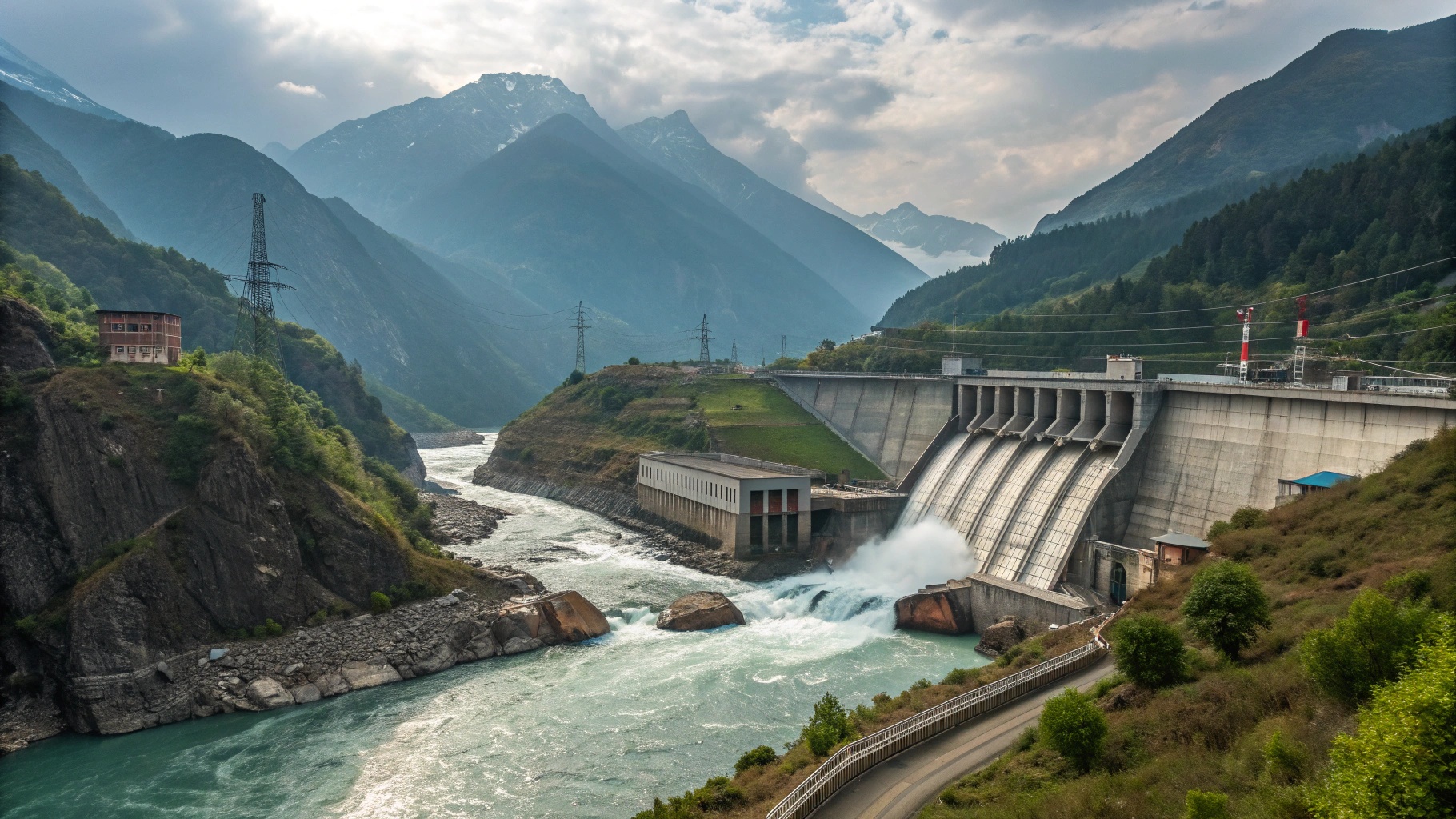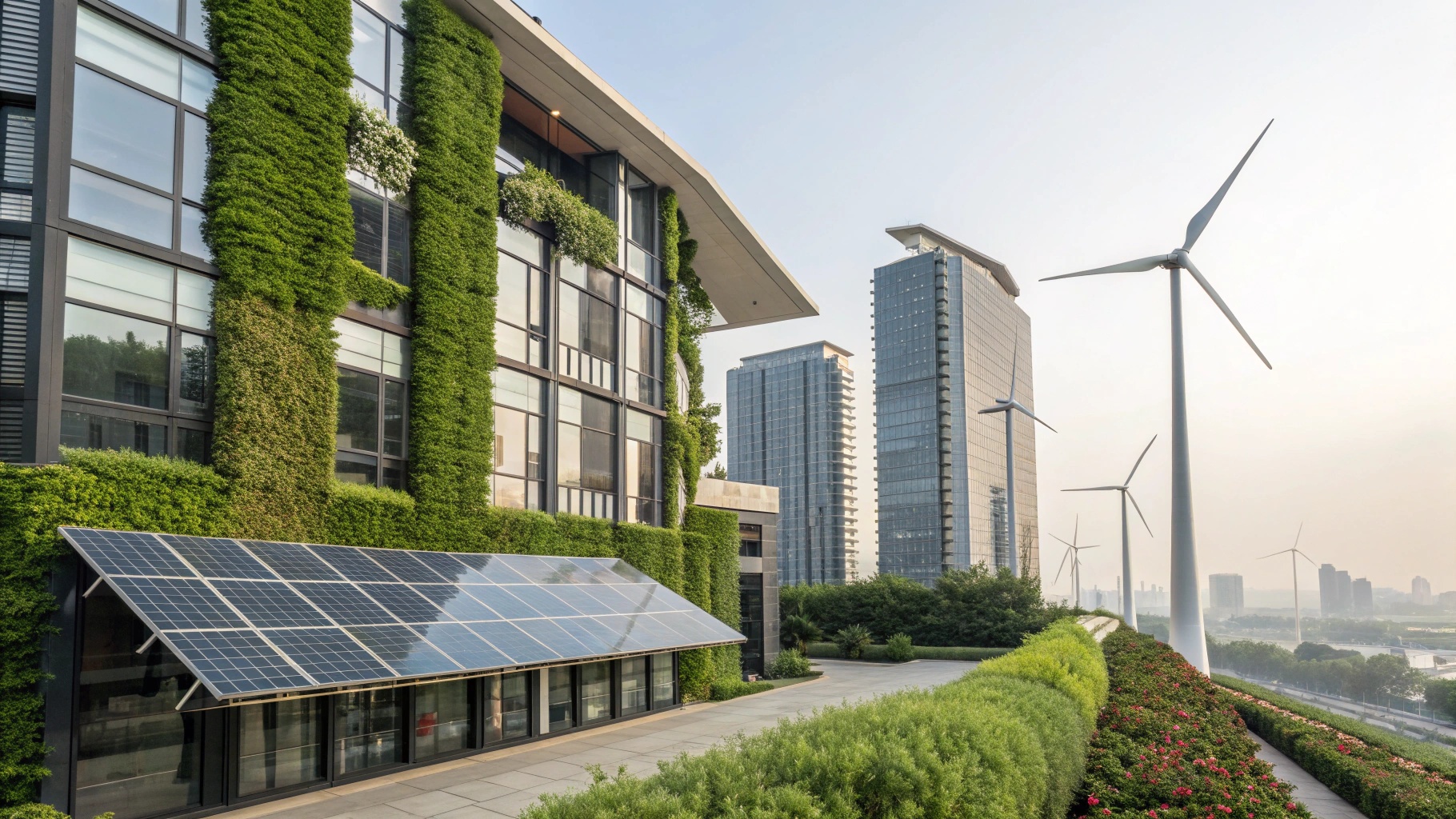Solar Energy
Harnesses sunlight to generate electricity through photovoltaic cells or concentrated solar power systems.
How Solar Energy Works:
Solar energy is captured through two primary technologies: photovoltaic (PV) systems and concentrated solar power (CSP). Photovoltaic systems use semiconductor materials, typically silicon, to convert sunlight directly into electricity through the photovoltaic effect. When photons from sunlight strike the solar cells, they knock electrons loose from their atoms, creating an electric current.
Solar panels are made up of many individual solar cells connected together. These cells are typically arranged in modules, and multiple modules form an array. Modern solar panels achieve efficiencies of 15-22% for residential applications, with premium panels reaching even higher efficiencies.
Types of Solar Technology:
- Monocrystalline Silicon: Highest efficiency and longest lifespan, made from single crystal silicon
- Polycrystalline Silicon: Lower cost but slightly less efficient than monocrystalline
- Thin-Film Solar Cells: Flexible and lightweight, suitable for various applications
- Concentrated Solar Power (CSP): Uses mirrors to concentrate sunlight for thermal energy generation
- Bifacial Solar Panels: Can capture sunlight from both sides, increasing energy yield
Applications and Scale:
Solar energy applications range from small residential rooftop systems to massive utility-scale solar farms. Residential systems typically range from 3-10 kW capacity, while commercial installations can be 100 kW to several megawatts. Utility-scale solar farms can generate hundreds of megawatts or even gigawatts of power.
Solar energy is particularly well-suited for distributed generation, allowing homes and businesses to generate their own electricity and even sell excess power back to the grid through net metering programs. This democratization of energy generation is transforming the traditional utility model.
Advantages of Solar Energy:
- Abundant resource – the sun provides more energy in one hour than humanity uses in a year
- Modular and scalable from residential to utility scale
- Low operating and maintenance costs
- Silent operation with no moving parts
- Long lifespan – panels typically warranted for 25 years
- Can be installed on existing structures like rooftops
Challenges and Solutions:
Solar energy faces challenges including intermittency (only generating power when the sun shines) and the need for energy storage or backup systems. However, advances in battery technology, smart grid systems, and predictive weather modeling are addressing these challenges. The integration of solar with energy storage systems is becoming increasingly common and cost-effective.




